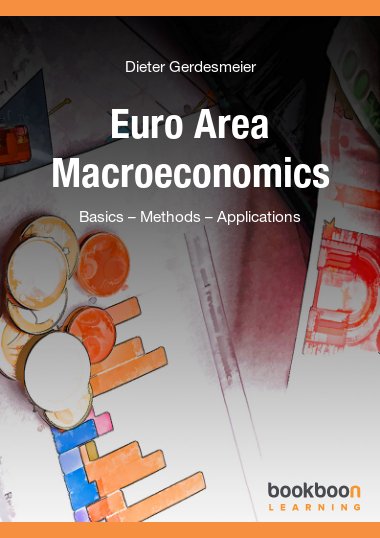This book provides a very didactical and easy-to-read introduction to contemporary macroeconomics. The text covers the basic concepts and methods used in this field in an integrated manner. Theoretical considerations are consistently supported by real-world examples and various exercises. Special focus is given to various key aspects of the euro area economy. A rich set of multiple choice questions and answers are provided in a separate, accompanying exercises book.
About the author
Dieter Gerdesmeier holds a diploma in business and economics from the University of Basel (CH) and was awarded a doctorate in economics. Having worked for the Deutsche Bundesbank in the past, Dieter Gerdesmeier is now working for the European Central Bank and for the Frankfurt School of Finance and Management. His lectures comprise monetary theory and policy, macroeconomics and the empirics of financial markets.

